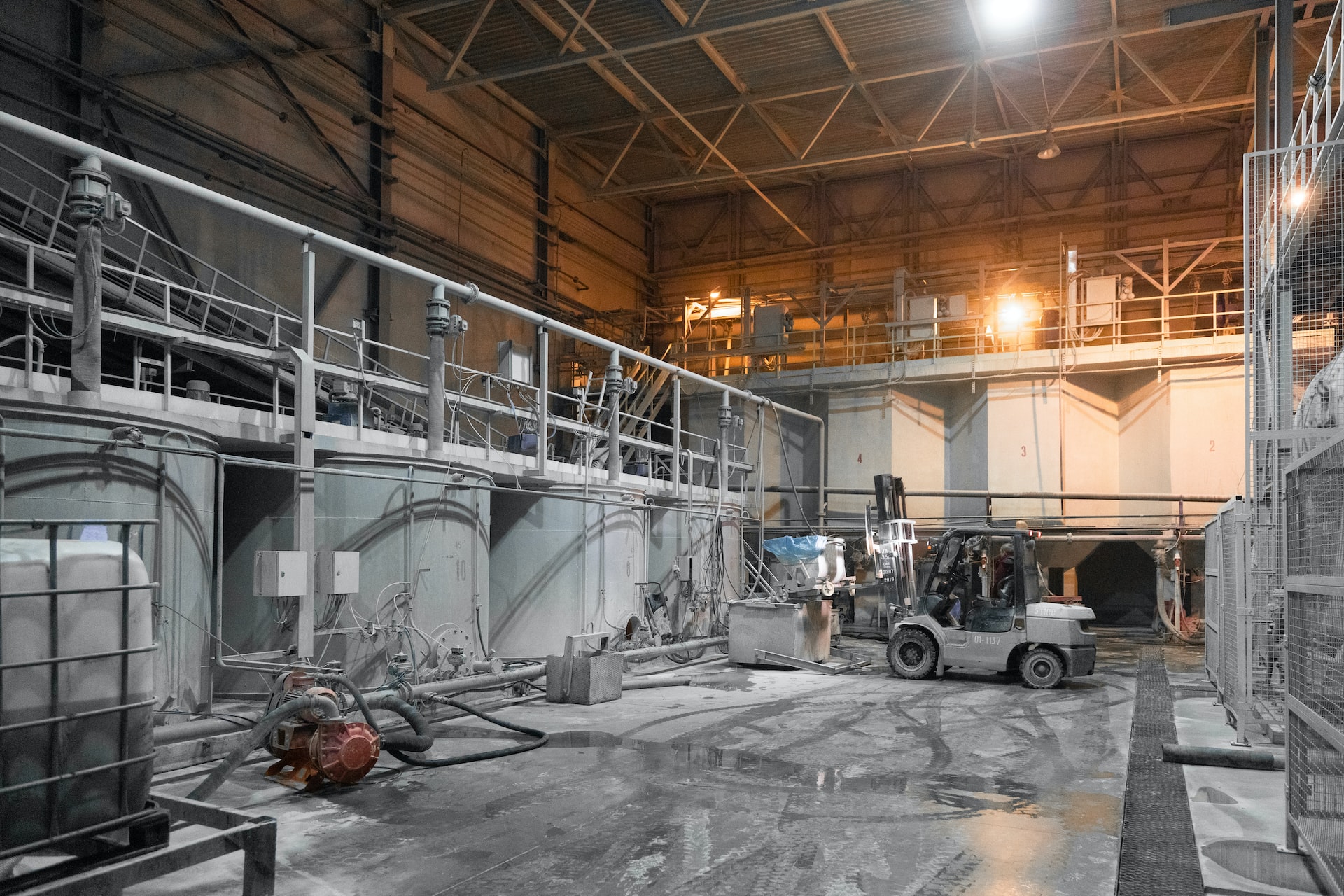If you’re planning to build a bulk storage silo in your facility, you should know a few things before you begin the design process. Before purchasing the silo, you need to determine the load requirements for the structure. This will include overturning moments, horizontal loads, anchor bolt plans, and uplift forces. Knowing these specifications will make the design process much more straightforward. The following is an overview of the different components of a bulk storage silo.
Steel Panel Silo
A steel panel silo is a bulk storage structure comprised of steel panels. It can be factory-made and has a variety of support options. These can include manways, nozzles, flow controls, internal blending devices, stairways, peripheral conveyor supports, and interior maintenance platforms.
The bulk silos have diameters of 3.5 to 22 meters and capacities of 5.0 to 5000.0 metric tons. They can be manufactured in a bolt-together construction or a continuous form. They can be constructed from materials ranging from 1.5 to 4 millimeters. A fully-constructed silo can also be supplied with bulk unloading systems and mechanical handling. Complete bulk storage silos can also be shipped within shipping containers.
Field-bolted silos came with flat panels and chimed panels. The latter features horizontal flanges on top and bottom edges that fit together tightly and form a compression seal. The chimed panels are assembled by workers using a scaffold. On the other hand, flat panels are typically assembled using a jacking system. Workers bolt successive rows of panels together from the ground level, then jack up the assembled section before attaching the next row.
Wood Stave Silo
Wood stave bulk storage silos are inexpensive and easy to erect. They can be purchased from commercial silo companies. Wood stave silos can last as long as 20 years if properly maintained. Concrete silos are not as durable as wood stave silos, but they are still a good choice for agricultural applications. Wood stave silos have the added benefit of being airtight, so the contents remain dry and undamaged.
A silo’s structure is built to withstand considerable pressure from the hay stored inside. Therefore, it is essential to use large plate washers to protect the wood from damage. When installing these silos, the following safety measures must be kept in mind. The hoops must be positioned 3 inches above and below the door frame to prevent air pockets on either side. This eliminates the risk of spoilage along the door ends.
During the erection, staves are stapled to the top and bottom hoop. They are then leaned against the finished side. The top man then unties the rope holding the staves. He then stretches out the first stave and staples it loosely to the top hoop.
Fabric Silo
A fabric silo is a bulk storage facility made of a fabric bag suspended on a stiff structural frame. These silos are typically made of polyester-based fabrics. Some are constructed with vent filter fabrics, which create vents as the silo fills. Others are constructed with metal threads to act as static conductive paths. These fabric silos are relatively inexpensive compared to conventional silos so they can be an excellent option for bulk storage.
Fabric silos are large structures that are used for bulk storage. These silos are made of different materials to accommodate different applications. They can also be made of different materials depending on the bulk material they will store. For example, a fabric silo for bulk storage can be used for animal feed or heating pellets.
A polypropylene fabric bulk storage silo has many advantages over traditional bulk storage methods. Unlike traditional bulk storage methods, fabric silos have no negative impact on the environment. While conventional bulk storage methods involve landfilling and burning, a fabric silo is fully recyclable. A fabric bulk storage silo can also be printed with sanitary-safe inks. Moreover, a fabric bulk storage system can be customized to meet the needs of a business or an industry.
Low-Oxygen Silo
A low-oxygen bulk storage silo is a type of storage structure that prevents material from coming into contact with air and other contaminants. As air can negatively impact stored materials, the silos are designed to keep materials at the same temperature. These structures are made of steel or fiberglass and are relatively inexpensive.
Low-oxygen bulk storage silos can be designed to store fermented materials or silage in an airtight environment. This helps prevent the development of mold and decay. They are typically only opened to the outside air during loading and sealed off at the unloading chute. The internal air in the silo is kept cool by large impermeable bags.
Low-oxygen bulk storage silos must be installed on the ground higher than the above-ground liquid storage. The area surrounding the low-oxygen bulk storage silo must be protected from liquid oxygen leakage by noncombustible surfacing. Bituminous or asphaltic paving, both combustible, should not be installed near a bulk oxygen system.




